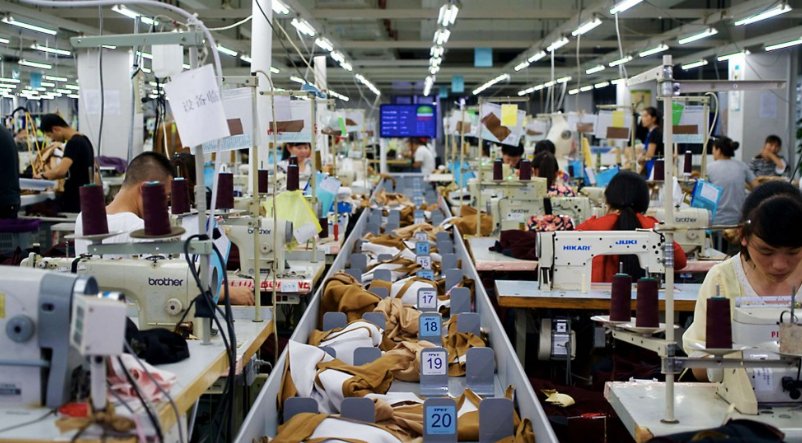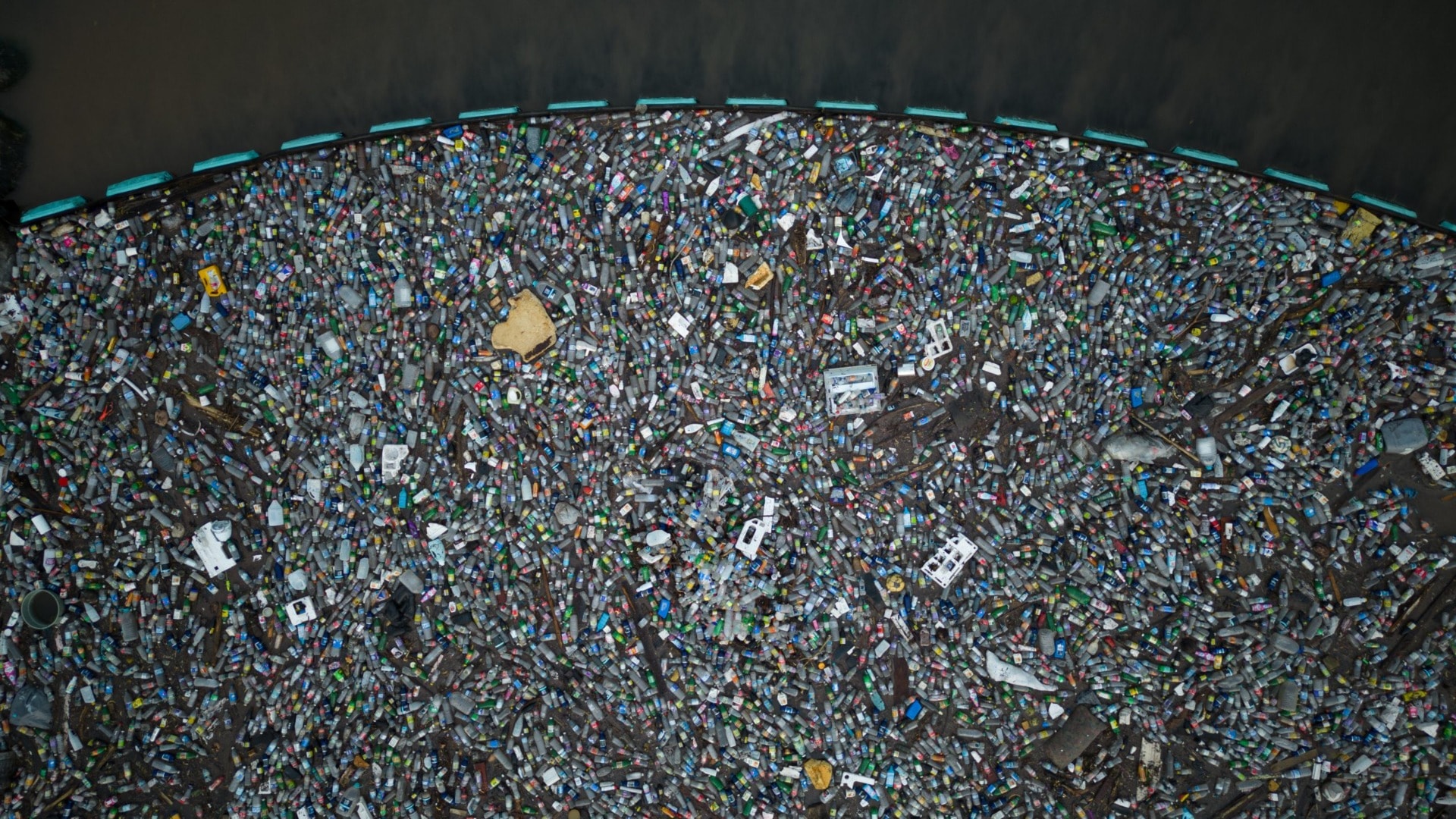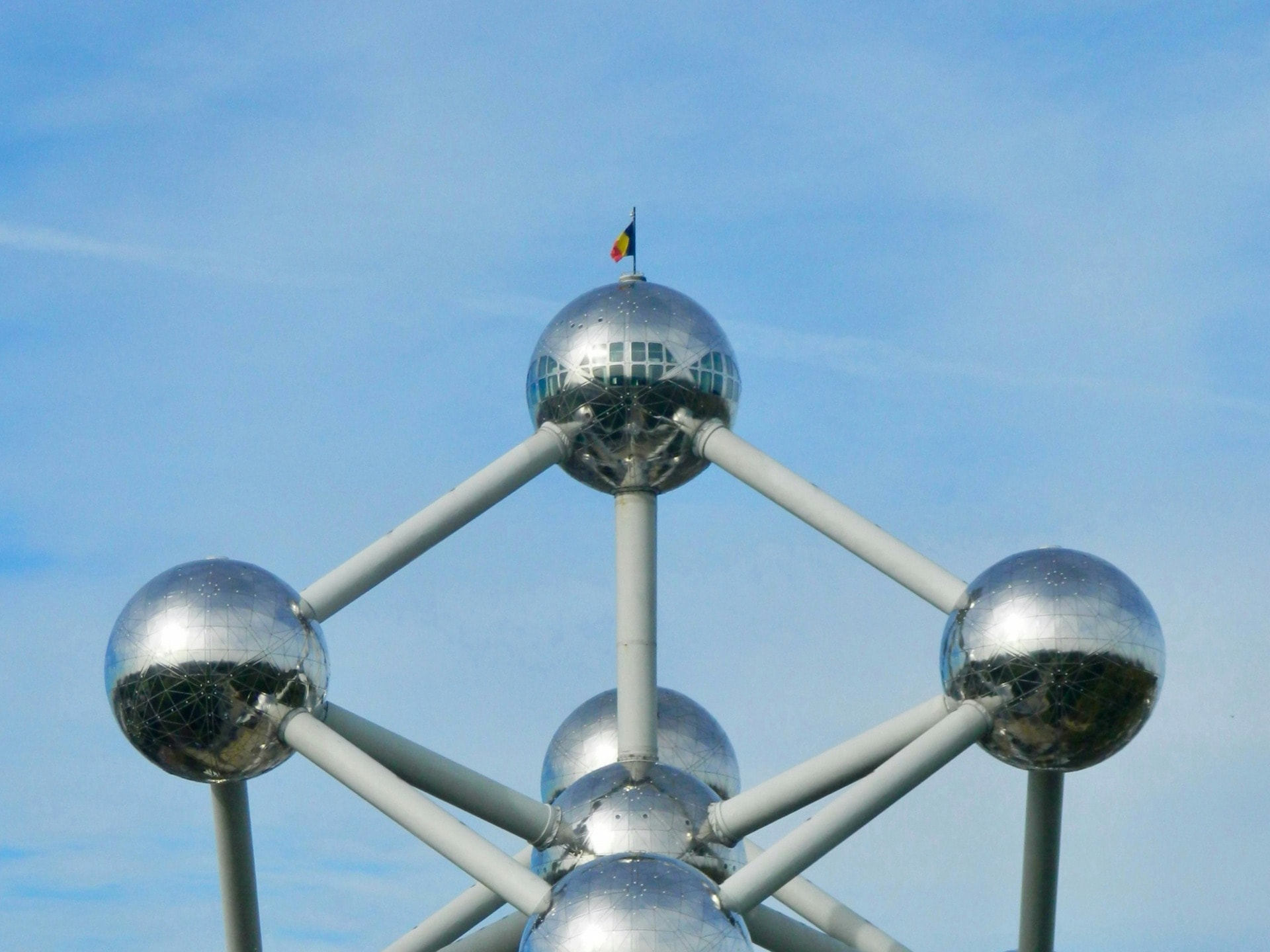As a newbie scentophile, I like to peruse Perfumer & Flavorist, a magazine for and about the flavor and fragrance industry, even if many of the ads and articles are almost incomprehensible to a lay-person, as they tout chemical compounds created by international multimillion dollar companies like Givaudan and Firmenich that create molecules for other giant corporations. It is perhaps not common knowledge that the very same companies that create outrageous flavors for potato chips and cereals, also make the scents for designer perfumes and laundry detergents.
Perfumer & Flavorist also has a podcast, and it was on this podcast that I first became aware of a claim, or perhaps it would be better called an ideology, that goes like this: “artificial flavors are actually more sustainable than natural ones.” The particular podcast that brought this rather counter-intuitive argument to my attention was “The Future of Flavor and Food with Sean Raspet,” who took an unconventional route to the secret world of flavor, being an artist who became interested in molecules.
Most flavorists come at their profession through chemistry or biology. Then, like perfumers, they generally spend many years as apprentices before becoming flavorists. “There are fewer than five hundred flavorists in the United States,” according to this New Yorker article that profiles one flavorist, Michelle Hagen, at Givaudan’s Cincinnati facility, “and they almost never speak about their work outside their laboratories.” With good reason. They operate under strict rules of secrecy because the flavors they create for giant corporations are trade secrets worth millions.
“Several years ago,” the New Yorker article explains, “a Givaudan employee attending a convention accidentally let slip to a reporter for Beverage World that the company had made a vanilla flavor for Coca-Cola. After the comment was published, Givaudan executives acted as if a state secret had been breached: they investigated the leak, restricted all information about their business with Coke to employees working directly for the company, and flew to Atlanta to visit the Coca-Cola headquarters and apologize in person.”
![]()
IN THE PHOTO: PERSON HOLDING BURGER PHOTO CREDIT: RAWPIXEL
ABOUT NINETY PERCENT OF THE MONEY THAT AMERICANS SPEND IN THE SUPERMARKET GOES TOWARD PROCESSED FOOD
I’d like to challenge the claims that artificial flavors are more sustainable or eco-friendly than those flavors derived from natural sources because I believe the secrecy and economics of the flavor industry do not really allow for a big picture to emerge from such claims. Although, as this article at Business Insider suggests, producing artificial flavors “can be more eco-friendly, since it doesn’t require growing fields of food first,” may be true as far as it goes, do we really want to live in a world in which processed foods are the only way we come across flavor? That is to say, do we want to eradicate orange groves, vanilla orchids or cinnamon trees in favor of flavor factories?
I think there are more than a few questions that are left out of such articles because journalists tend to trust the flavor industry experts despite the fact that they have a large stake in providing us with information that supports a world in which processed foods and beverages are the standard. Consider your grocery store and how much of the space is taken up with boxes and bags that owe their flavors and outrageous shelf life to chemistry. “About ninety percent of the money that Americans spend in the supermarket goes toward processed food,” according to the New Yorker article, and these processed foods owe much to Givaudan and its competitors.
While it’s true that the word processed is problematic–yes, boiling a potato and making a roast is a way of processing food–the idea that all our food should be processed before we buy it is a rather recent phenomenon, and the ramifications of this development are only now beginning to surface. One pretty obvious and well-documented outcome is the rise in obesity in developing nations. Wherever processed foods stake their claim, the health of the people is jeopardized.
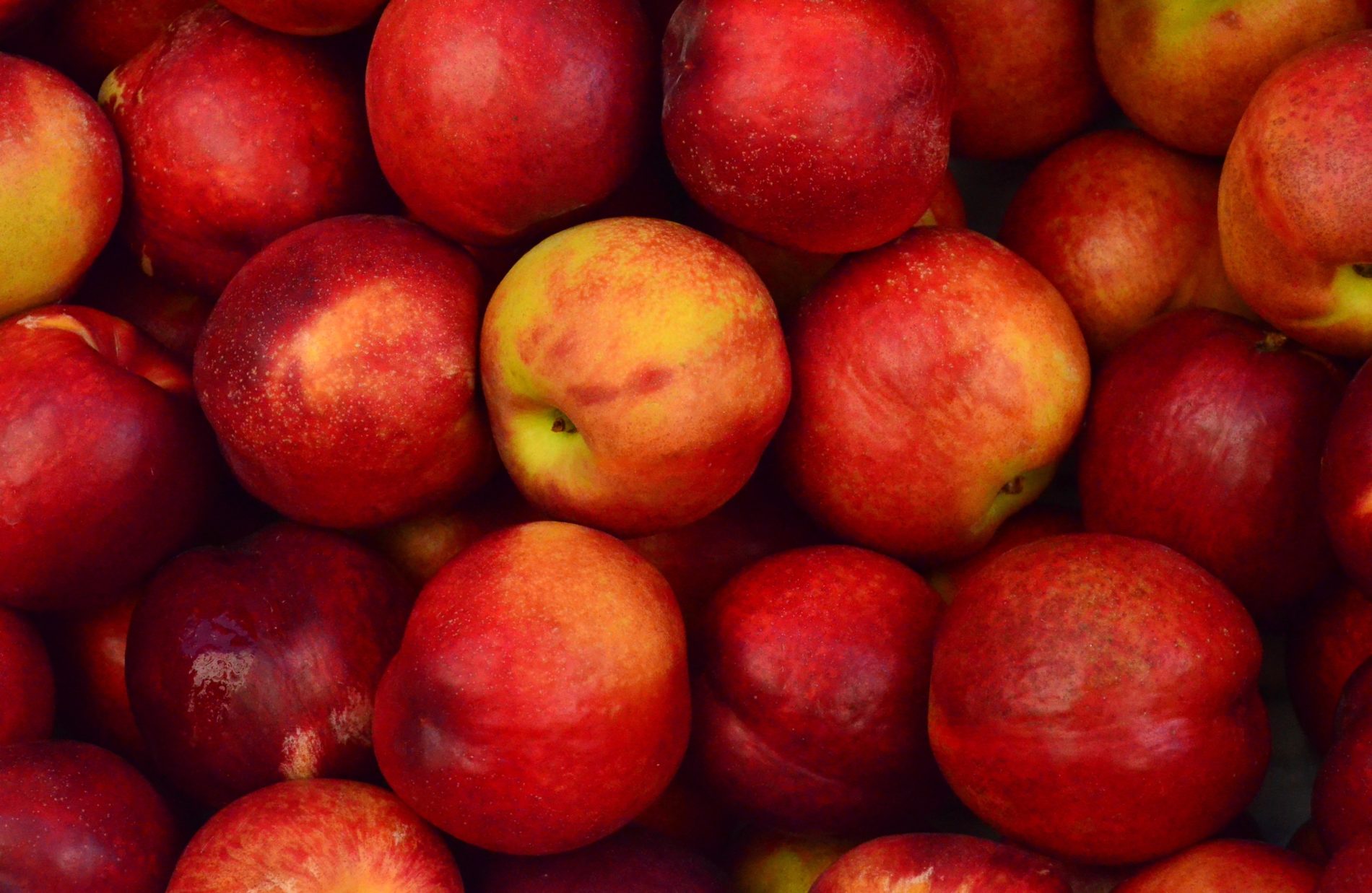
IN THE PHOTO: LARGE AMOUNT OF APPLES PHOTO CREDIT: KRISHNAM MOOSADDEE
FLAVOR COMPANIES DO NOT NEED TO CREATE FLAVORS FOR ACTUAL APPLES
The artist Sean Raspet is interested not only in making art but also in marketing his algae nutrition bar called Nonbar. It’s a cool idea of course, to make a nutrition bar out of sustainable and nutrient dense algae, but still, this is a packaged quick fix kind of food that ought not to pit itself against actual fruits and vegetables, and other foods that are prepared at home. It may be that an occasional algae bar is useful, but making a trendy argument, picked up by such outlets as Vice, that sets algae bars against food that is grown and sold unprocessed, puts those who are trying to be both healthy and environmentally conscious in a difficult position.
The war of natural vs. artificial so often headlining these articles seems to me to be an unfair war. Just because industrial farming and our demand for year-round fruits and vegetables from all parts of the globe with disturbing homogeneity is not good for the environment, does not mean that the answer should be processed foods and fake flavors. Sustainable agriculture is key to ending world hunger, and as rose growers in the Indus Valley demonstrate, luxury crops can also help build strong communities.
Flavor companies do not need to create flavors for actual apples and oranges, but they do need to boost these flavors in packaged products such as orange soda or apple cinnamon cereal. Speaking of cinnamon, often times these kinds of articles point out that all our foods are comprised of chemicals, so why get in a tizzy about where the chemicals come from?
“All foods (and everything else around us) are made up of chemicals, whether they occur in nature or are made in a lab. That means everything we smell or taste is a response to chemicals,” is how the Business Insider article puts it. “The characteristic smell of cloves, for example, comes from one chemical called eugenol. And cinnamon, which is just the dried inner-bark of specific trees, gets its aroma and flavor from the compound cinnamaldehyde.” But saying this is denying that there are differences between the various kinds of cinnamon (which is a genus), and forcing us into a belief system where a part stands for a whole. Most of us have never even tasted “true cinnamon” that comes from Cinnamon verum, because most consumers are so controlled by our desire for cheap and convenient grocery store items. In the spice aisle you may very well find beechnut husks aromatized with cinnamaldehyde dressed up as powdered cinnamon, according to Wikipedia.
The fake flavors we’ve grown so used to are a result of the cost-efficient fractioning and synthesizing of complex plant aroma chemicals. Plants essential oils are comprised of dozens, sometimes hundreds of different chemicals, which is precisely what gives them their characteristics. Would we want one facet of our personalities–our out-goingness, our loyalty, our humor–to stand for who we are? So why accept this for plants?
For example, although the dominant chemical constituent in true cinnamon (Cinnamomum verum) according to Globinmed , is about 75% cinnamaldehyde, it also contains about 10% of eugenol (the characteristic chemical in clove). Likewise, clove oil (Eugenia caryophyllata) is composed of only approximately 70-80% eugenol, leaving room for other chemical constituents to add to its flavor. So although the flavor industry argues that eugenol can stand in for clove bud oil, it is an opinion that deserves some honest analysis.
![]()
IN THE PHOTO: COOKIES ON A PLATE PHOTO CREDIT: RAWPIXEL
COMPARING COOKIES TO…COOKIES
“The bulk of vanilla substitutes are actually nature-identical vanillin and vanillin derivatives synthesized on multi-ton scale from guaiacol or lignin extracts, which can be isolated from wood pulp,” explains this Harvard article comparing natural and artificial flavors. “In addition to providing an inexpensive source of vanillin—in higher purity than one could obtain from natural vanilla extract—this synthesis enables production of vanillin derivatives possessing desirable qualities, like increased flavor potency and thermal stability. For example adding one extra carbon atom to vanillin affords ethyl vanillin, which is 2–4 times more flavorful than vanillin itself. Due to this desirable property and its long-standing status on the GRAS list, ethyl vanillin has been used in some vanilla flavoring since the 1930s.”
The article assures us that in the high-temperatures of industrial baking, artificial vanillin stands up better, so that “in blind taste-tests, tasters preferred the artificial vanilla flavoring (including industrially produced vanillin and its analogues) in treats like cookies.”
But of course this is comparing one packaged cookie against the other, and our food cravings have already been shaped by these kinds of high-sugar, high-salt, and high-intensity flavor molecules of processed foods to the detriment of our health as well as our ability to taste (and smell) nuances. Much of what we taste in packaged foods is the high salt and sugar content spiked with flavor molecules.
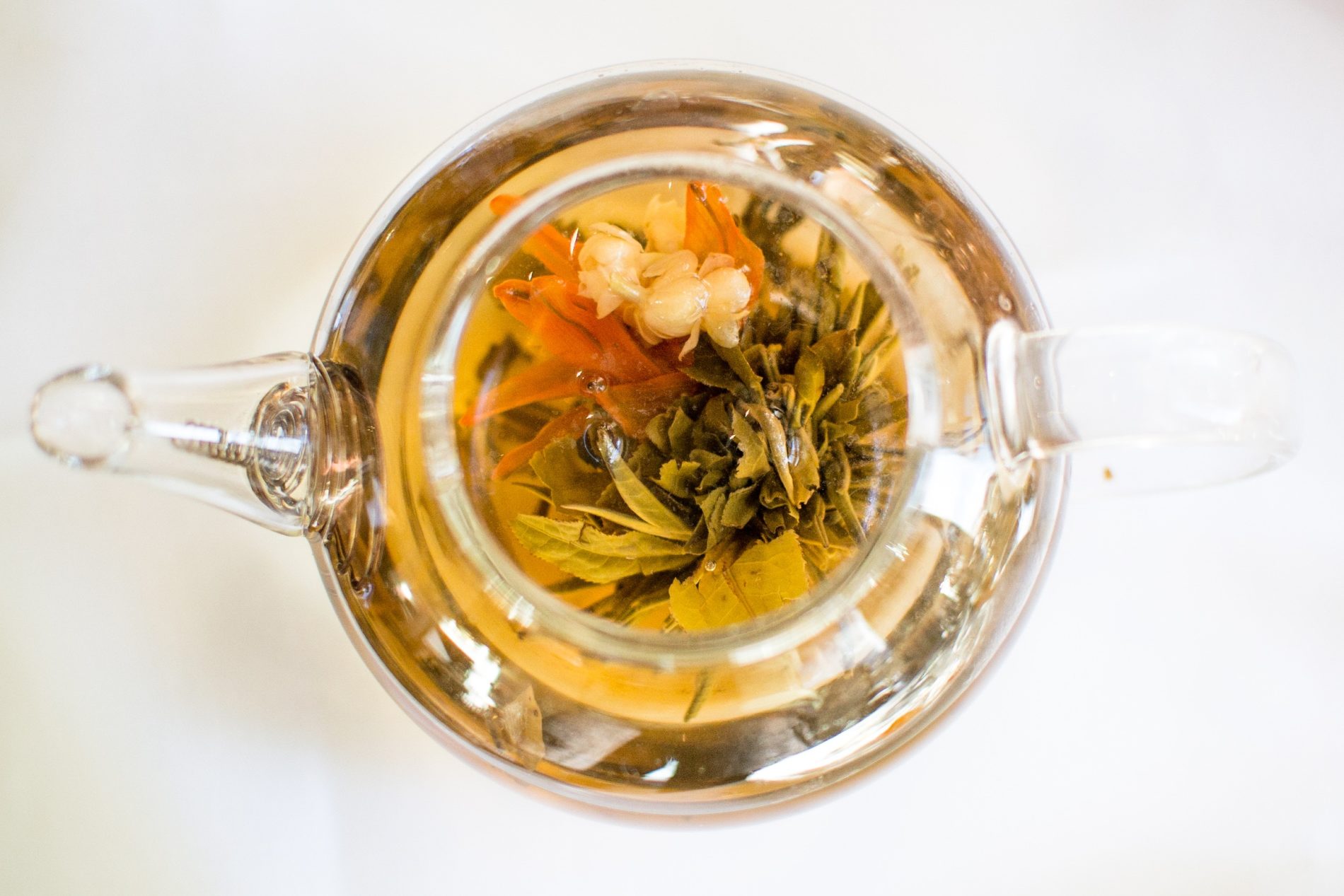
IN THE PHOTO: GREEN LEAFED PLANTS INSIDE GLASS KETTLE PHOTO CREDIT: ALYSA TARRANT
THOUSANDS OF APPLE TRAITS, AND THE GENES THAT CODE THOSE TRAITS, HAVE BECOME EXTINCT
Also important to keep in mind is that the flavor industry is relatively new. The FDA’s GRAS (“generally recognized as safe”) food additives has only been around since the 1960’s and is constantly shifting. Only recently, the FDA removed seven synthetic substances from the food additives GRAS list. Besides safety concerns, one might also miss the appreciation of the complexities of the natural world. Vanillin may be the dominant flavor compound in the vanilla orchid, but it is not the only thing that gives it its richness.
As beautifully illustrated in Michael Pollan’s The Botany of Desire, nature offers incredible variety that the twentieth century stripped in favor of homogeneity. Take, for example, the humble apple. Believing that growing and marketing a virtual monoculture would be easier, apple growers winnowed the incredible diversity down two the genes of two trademarked apples: The Red and Golden Delicious.
“Apple breeders, locked in a kind of sweetness arms race with junk food,” writes Pollan, “lean heavily on the genes of these two apples, which can be found in most of the popular apples developed in the last few years, including the Fuji and the Gala. Thousands of apple traits, and the genes that code those traits, have become extinct as the vast flowering of apple diversity that Johnny Apple-seed sponsored has been winnowed down to the small handful of varieties that can pass through the needle’s eye of our narrow conceptions of sweetness and beauty.”
Now that our palettes have been stripped of nature’s vast variety, we seem to need to rely on flavorists to translate plant diversity into commodities. Ever wonder about beverages–from bubbly water to energy drinks–with such perplexing names as mango pomegranate or wild berry? It’s because the flavorists and the beverage companies are betting that you don’t have preconceived notions for such things, and so we have unenlightening ingredients lists containing “natural and artificial flavors.”
In the New Yorker article we follow Hagen and her fellow Givaudan flavorists to the epicenter of California’s citrus diversity. They literally scratched (for the essential oil), sniffed and tasted dozens of citruses– Buddha’s Hand, Allspice tangelos, Oxanthera neo-caledonica hybrids–and then, inspired, they returned to their labs to develop new flavor sensations.
Flowering plants have been developing their essential oils for about 150 million years. Essential oils are not just the trendy vials of precious liquid sold as aromatherapy products, but also the flavor and scents in some of our most beloved flavoring agents in the kitchen. When you twist your citrus for your cocktail, chop mint for tabbouleh or make a cup of chamomile tea, you are releasing the plants’ essential oils.
Flavor companies isolate the molecules that are most representative of the natural world and, in some cases synthesize them, in order to give a boost to your water or flavor your soda. I personally prefer to flavor my water with handcrafted bitters, tinctures and hydrosols. Why should we let flavorists have all the fun?


